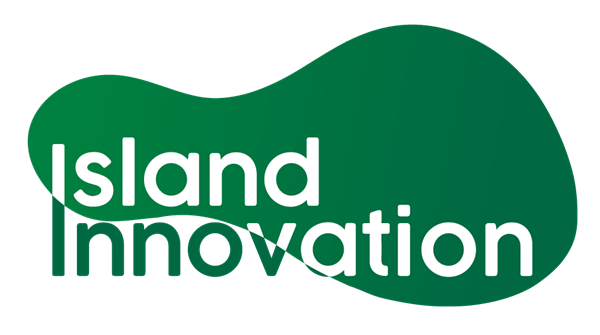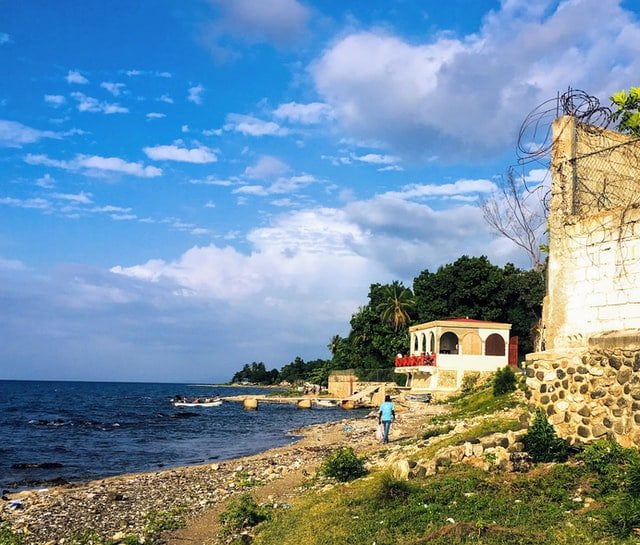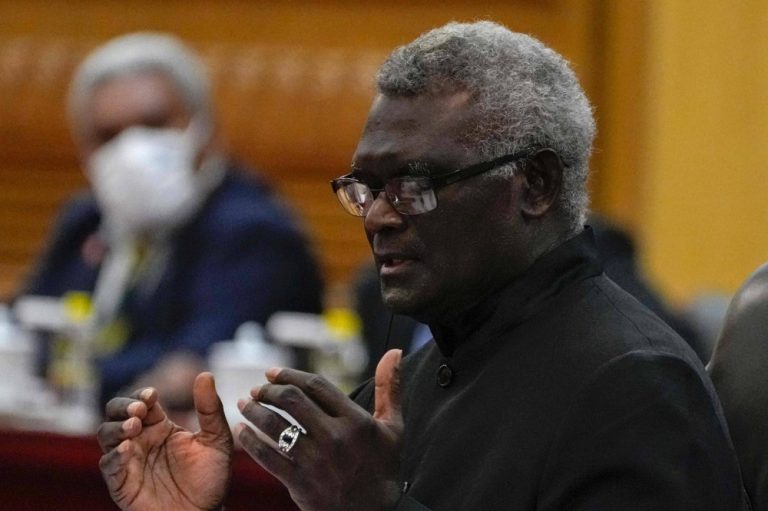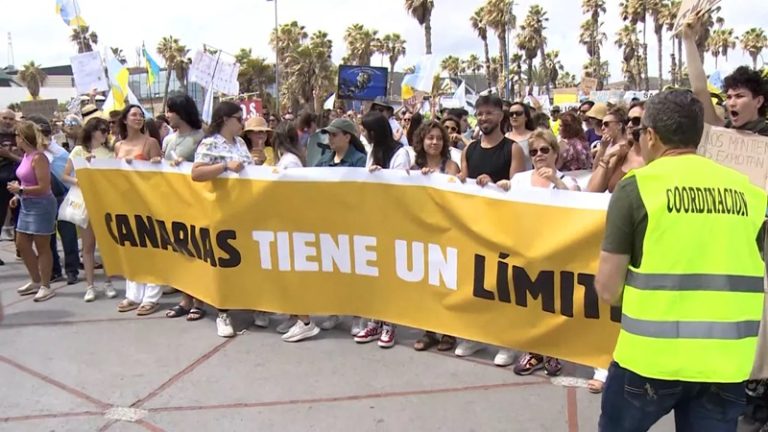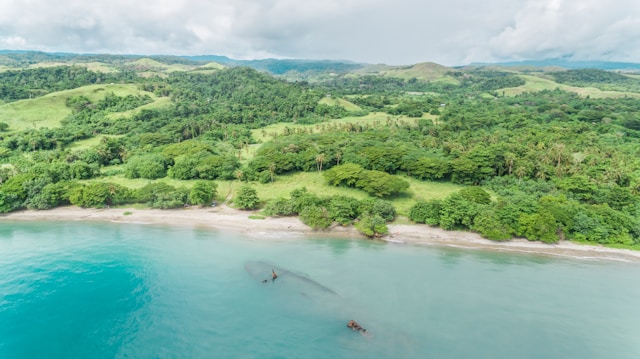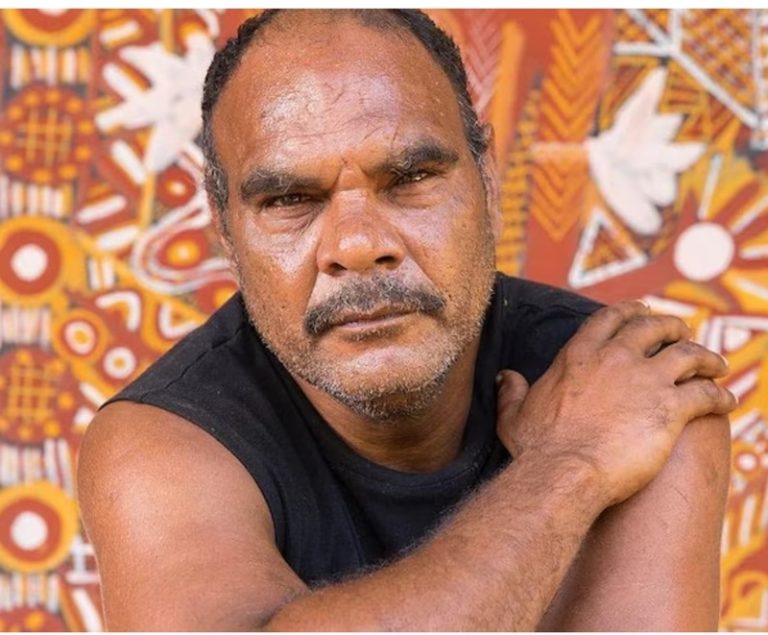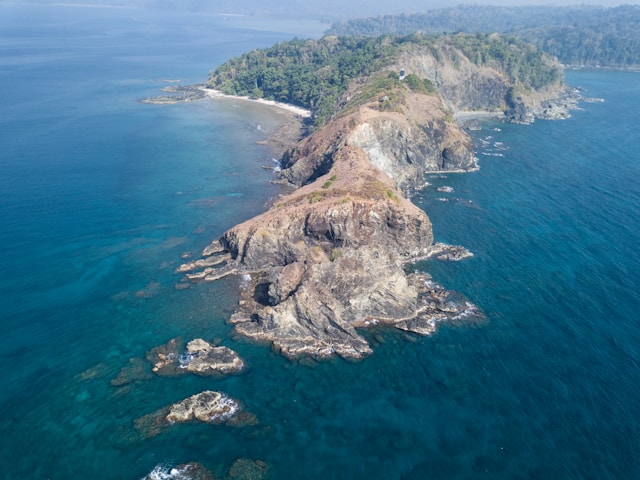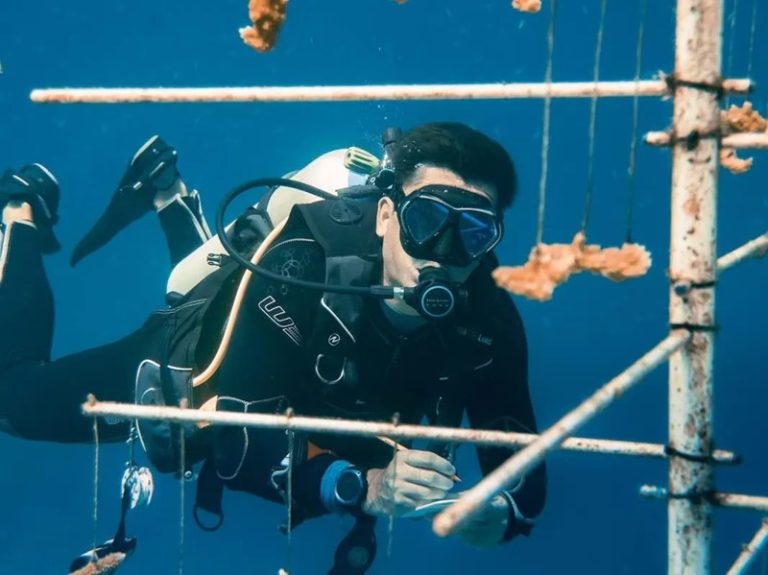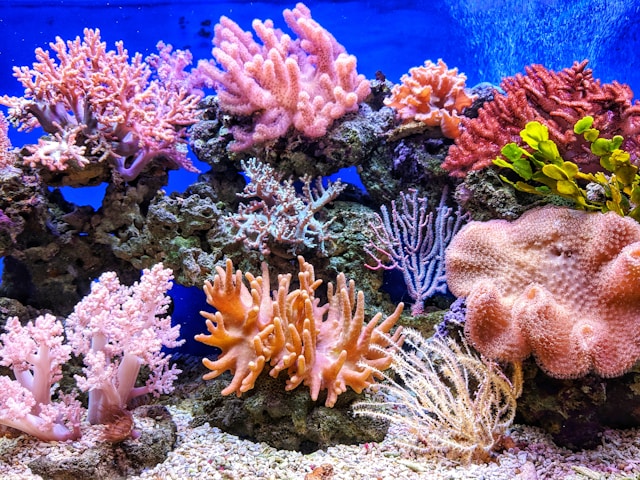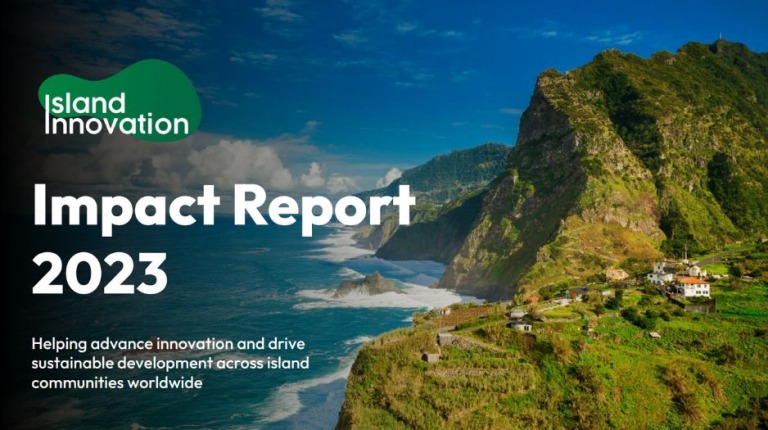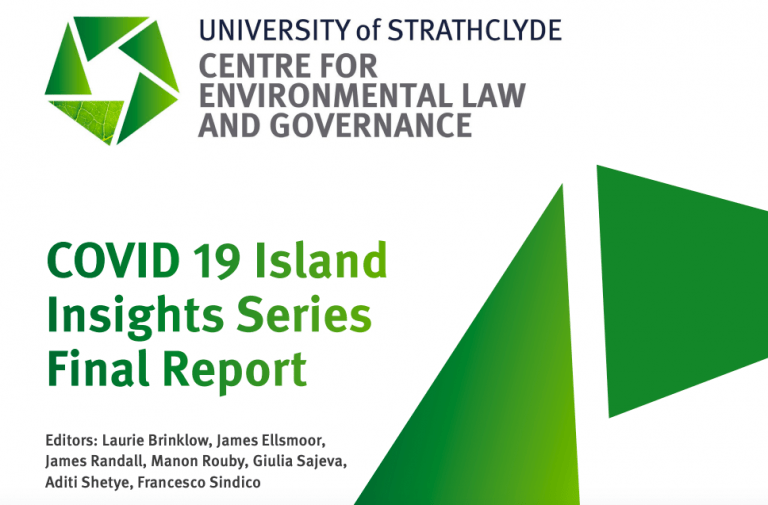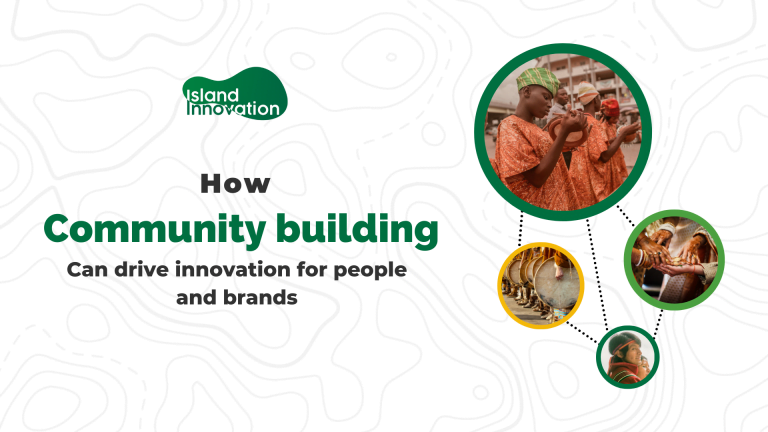Excerpt from Borgen Magazine
When most people today think about the Caribbean nation of Haiti, the first thing that often comes to mind is the devastating earthquake that shook the island of Hispaniola in January 2010, killing hundreds of thousands and leaving even more in desperate need of medical attention and basic necessities, particularly clean water. With their dense populations and severe structural damage, urban centers like the capital of Port-au-Prince received and continue to receive most of the attention of relief organizations. As a result, relief efforts often overlooked less accessible rural settlements. Here is some information about how clean water revitalized the rural community of Grande Saline.
An Overlooked Community
Grande Saline, roughly an hour and forty-five-minute drive from the city of Saint-Marc in Haiti’s agricultural Artibonite region, is one such case. The area was a zone in severe need of relief following a sudden outbreak of cholera in Haiti in the months following the earthquake, ravaging communities along the contaminated Artibonite River. While the 2010 cholera outbreak tragically claimed over 8,000 lives over its duration, it also highlighted the importance of sanitation practices and infrastructure in these rural communities. In 2014, this realization led to a humanitarian and educational partnership between two communities located thousands of miles apart and brought clean, purified water to thousands of people.
Health for Haiti
In 2014, Dr. Maureen Hankin and Dr. Jen Musa, two health and science instructors at SUNY Broome Community College in the Southern Tier of New York, created the Health for Haiti program. The program had a design to specifically address the health conditions in the community of Grande Saline while at the same time offering students of the college an opportunity to earn credit through the experience of humanitarian engagement. “Taking students to a developing country is not a trivial thing,” Musa explained in an interview with The Borgen Project, “…I’ve been contacted by many other colleges wanting to do a similar program and they get nowhere with it because the administration says ‘no way.’” With the backing of SUNY Broome administration, she and Dr. Hankin led the first group of students to Haiti in January 2014, where they visited Grande Saline for the first time.
The poverty of the community became immediately clear. Grande Saline is a small village with a single one-room building that serves as both the church and the school, the only building the community built to withstand periodic flooding during the rainy season. Musa described that first trip as “completely overwhelming” as the team of faculty, students and Haitian contacts attempted to assess the community’s needs. After engaging with residents, the immediate need for a source of clean water access revealed itself as the top priority.
Bringing Clean Water to Grande Saline
As a program that volunteers and charitable donations completely fund, the dilemma of providing clean water to Grande Saline may have taken years to solve if not for the coincidental connection between a student team member and the Pall Corporation, a water purification firm in Cortland, New York. After meeting with program leaders following the team’s return from Haiti in 2014, the company donated a municipal-grade water filtrations system for the community of Grande Saline. The system, capable of processing up to 22 gallons of water per minute, successfully arrived and underwent installation in 2015 after nearly a year of transport setbacks.
Since then, it has remained the sole source of clean water for over 1,000 residents of the region, significantly lowering the threat of disease outbreaks and allowing for the creation of new community development and education initiatives.
Although generators that run on gasoline currently power the water filtration system, the Health for Haiti team has revealed plans to convert the system to run on renewable solar energy, like many of the community’s smaller devices and tools.
